In the world of wine, there are numerous bottle shapes and styles. More recently, wineries have been doing some incredibly artistic things with their bottles with marketing and customer awareness in mind. At a later date we will go into a much deeper dive on these shapes and their history, but for now, we will start by focusing on the main 4 types you will see: Burgundy, Bordeaux, Champagne, and the Flûte.
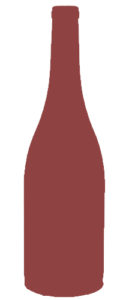 Burgundy
Burgundy
The Burgundy bottle was invented in the 19th century. It is believed its definitive, sloped shape came to be simply because it was easy for glassmakers to produce. With a series of undoubtedly good decades of wine in Burgundy, it became common place for people to associate great Pinot Noir and Chardonnay with this bottle shape, and most other shapes went by the wayside in the region. It is not uncommon in modern times for producers globally to house wines in these bottles that are of a similar profile to Chard and Pinot to inform you before you buy as to the body and quality of the wine inside.
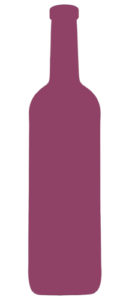 Bordeaux
Bordeaux
Very shortly after the creation of the Burgundy bottle, the people due west and slightly south had to jump on having their own bottle as well. Who could blame them? It was a masterful idea! It is believed that the Bordeaux bottle’s definitive shoulders were created to help catch and separate the sediment that accumulates in the more aged wines built on a foundation of Cab or Merlot, although there isn’t any definitive proof for this. Either way, it works, and they have created one of the most classic and recognizable bottle styles the world over.
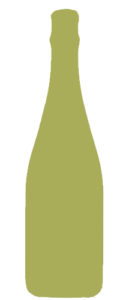 Champagne
Champagne
With a very similar look to the sloped Burgundian style bottles, it may seem as though they chose this shape because the dominant Champagne grapes are Chard and Pinot, but the shape is actually a masterwork of engineering. The slightly larger sized bottle (try making one of these fit nicely in your wine fridge rack – good luck!), dramatic punt (the divot on the bottom), thicker, more-dense glass, and sloped sides are all precisely crafted to withstand up to 3 times the pressure of a car’s tire from the wine’s second in-bottle fermentation. Pretty amazing stuff.
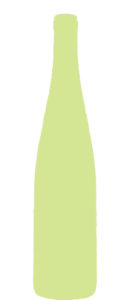 Flûte
Flûte
It is believed the delicate glass and slender bottle that houses Rieslings, Pinot Blancs, Pinot Gris, and Gewürztraminers was created shortly after the Bordeaux bottle, and their distinctive look is believed to be in part if not whole to the method and route in which they traveled. At this time the vast majority of these wines were traveling along the Rhine river as opposed to the other 3 aforementioned bottles who saw the open seas on their way to Great Britain or other global ports; they needed to be built sturdier. Because of their method of travel by river they needed to fit as many as possible in a small ship hold and hence, less glass and a narrower bottle that didn’t have to handle any heavy rocking or shaking around.

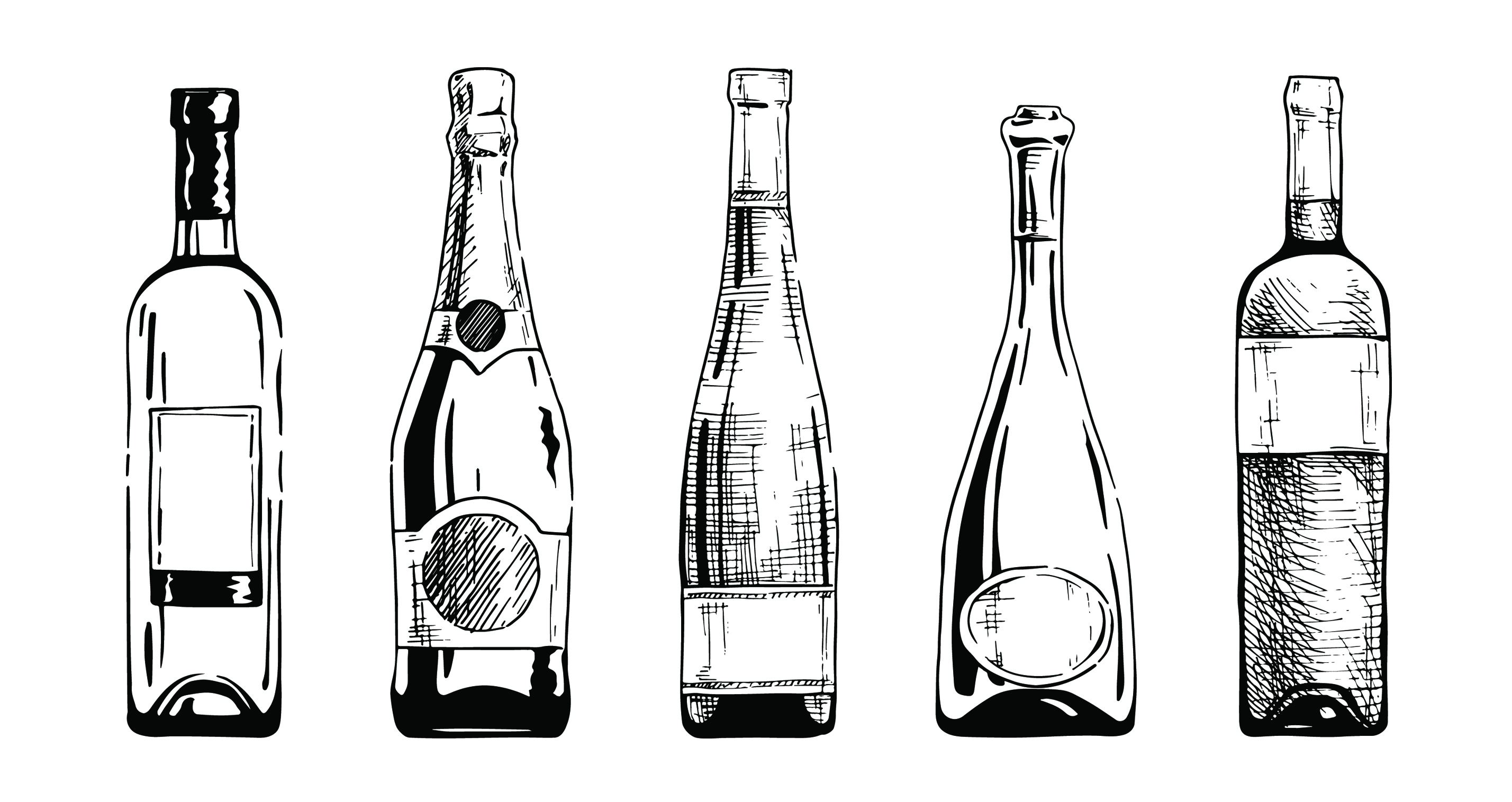
One Reply to “Decoded: Intro to Wine Bottle Shapes”